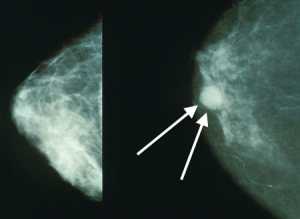Aging, Author Interviews, JAMA, Opiods / 27.11.2019
Association of Disability With Mortality From Opioid Overdose
MedicalResearch.com Interview with:
Yong-Fang Kuo, PhD
Professor and Director, Office of Biostatistics
Don W. and Frances Powell Professor in Aging Research
Mukaila Raji, MD, MS, FACP
Professor & Director
Edgar Gnitzinger Distinguished Professorship in Aging
Preventive Medicine and Population Health
UTMB Health
MedicalResearch.com: What is the background for this study?
Response: Medicare beneficiaries who qualified because of disability constitute a growing population of patients hospitalized for opioid/heroin overdose. Although the CDC regularly generates reports of opioid overdose deaths by demographics and states, studies on policy actionable predictors of overdose mortality (e.g., clusters of medical and psychiatric conditions, types of disabling conditions) are lacking in this population.
(more…)































